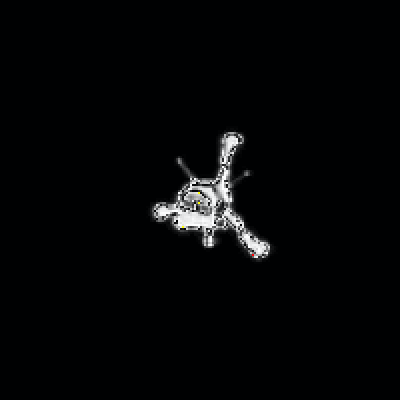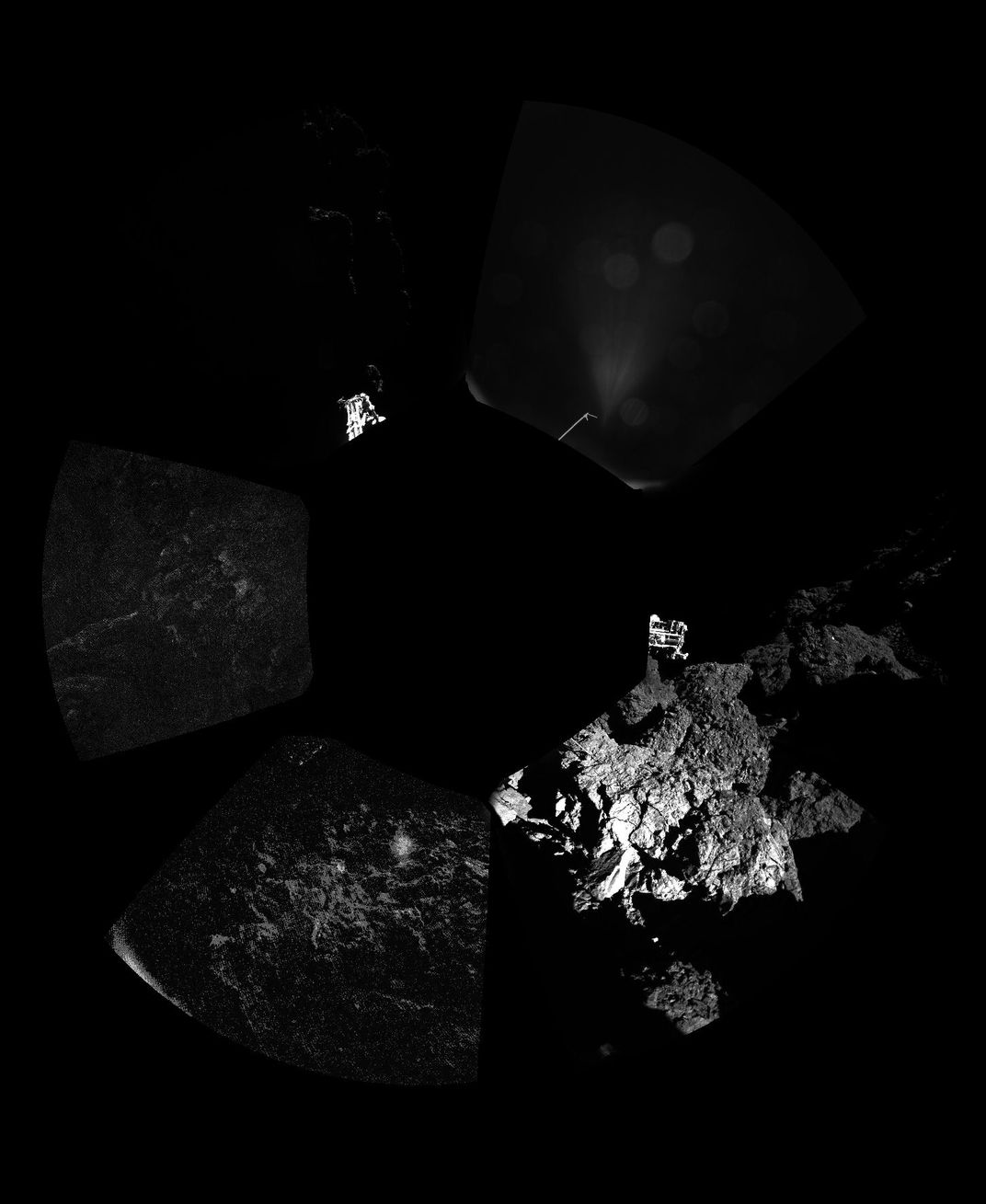Philae Is Now Asleep
The lander’s solar panels aren’t getting enough light and the batteries will die, but we already have some fantastic images and data
/https://tf-cmsv2-smithsonianmag-media.s3.amazonaws.com/filer/72/9a/729a9329-b6f2-408b-a521-ba1c916b4b55/welcome_to_a_comet.jpg)
Update:
The Philae Lander is now asleep. ESA’s Rosetta blog writes that all instruments and most systems have been shut down. In the chance that sunlight falls on the lander again, the mission controllers did rotate Philae’s body to expose more solar panel area and possibly snag future sunlight. But for now, the lander is silent, sitting on a comet currently 318 million miles from Earth.
All the scientific data gathered was successfully transmitted back, including the results of the first comet drilling, before Philae shut down. "This machine performed magnificently under tough conditions, and we can be fully proud of the incredible scientific success Philae has delivered," says Stephan Ulmec, the lander manager.
The Philae Lander made it to comet 67P/Churyumov-Gerasimenko, but today may be its last day at work. After a tense descent to the surface of the icy object from the Rosetta spacecraft, Philae’s harpoons didn’t fire and anchor it as expected. Instead of neatly touching down, the lander bounced off the comet twice.
The first bounce may have launched Philae one kilometer off surface and lasted almost two hours in the comet’s low gravity. The second was much shorter. The lander finally came to rest, possibly on its side, on the edge of a crater and with one of its three feet still in the air, reports Joseph Stromberg for Vox.
The precarious position leaves only one of Philae's two solar panels exposed to sunlight. "[It’s] only getting about 90 minutes of light for every 12-hour period," Stromberg writes. The lander’s batteries may die later this evening or Saturday morning.
Still, Rosetta and Philae are both working hard to deliver as much data as possible back to Earth. The European Space Agency made the call to for Philae’s drill to deploy despite the risk that the unanchored lander could be launched off the comet’s surface again by that force, according to Sarah Fecht for Popular Science.

The team isn’t quite sure where the lander finally ended up, but the images and the last expected contact with the lander Friday evening may resolve that question. Plus, Paolo Ferri, the head of mission operations for ESA, hasn’t given up hope. "I am sure our colleagues at the main lander control centre in Cologne will come up with creative ways to collect this energy," he told BBC.com.
Even with all this drama, the mission overall has been a sucess. We’re still waiting on results from the drilling (the tool did make it into the soil), but several other instruments have probed the temperature, measured the density of the surface and sent electromagnetic waves through the comet to image its interior. Stromberg writes:
The data these instruments have already sent back is unprecedented, and will be studied in the coming years to better understand the comet.
Additionally, scientists say that as the comet gradually nears the sun next year, it's possible the probe would be exposed to additional sunlight and wake back up, allowing for further investigations.
Finally, the key thing to remember is that the original plan called for 80 percent of the science of this mission to be carried out by the Rosetta orbiter, not the lander. Rosetta is capturing hundreds of amazingly detailed photos of the comet and analyzing the dust and gas given off by it as it vaporizes.
Plus, there is also the incredible fact that humans on Earth launched a spacecraft 10 years ago, chased a comet and landed on it.
